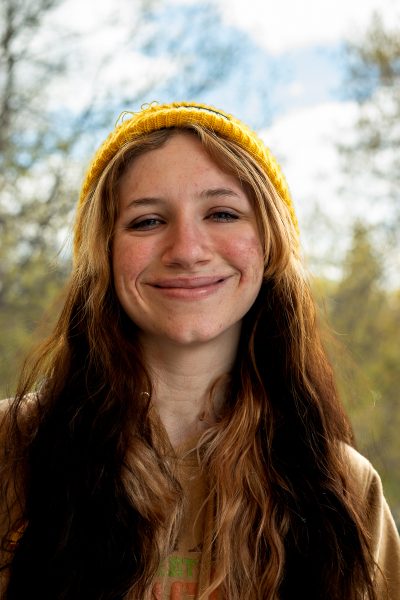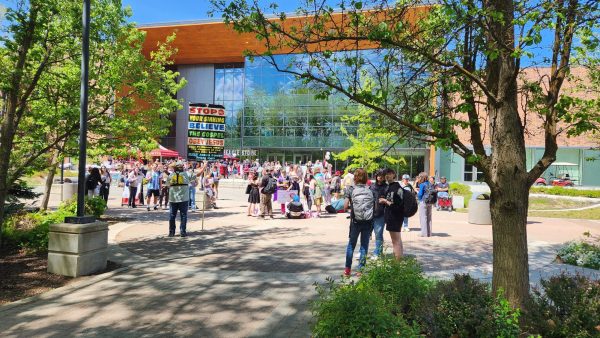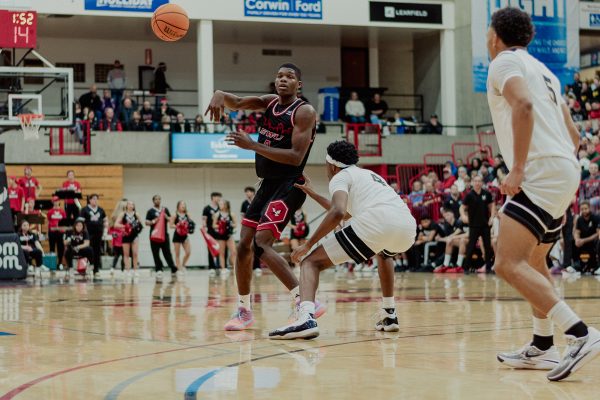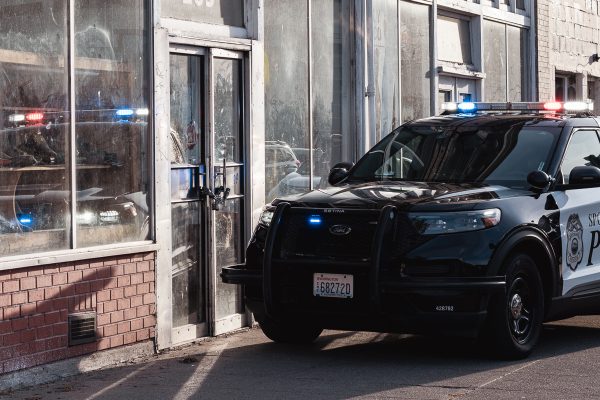“A lot of talk but no action” Native American Student Organization feels slighted by EWU
Ka’din Rahman (theythem) poses by the Multicultural Center.
December 2, 2022
This Native American Heritage Month, The Easterner sat down with the President, Strong Heart, and Vice President, Ka’din, of the Native American Student Organization (NASA) to discuss their experiences and struggles attending EWU as Indigenous students.
NASA is a student organization with the goal of bringing authentic, powerful, and sovereign Indigenous energy to EWU campus. And to not only provide a space and a community for Indigenous students but to be a representation of change for them.
When asked if EWU does a good job helping NASA reach their goal, both Ka’din and Strong Heart gave a resounding no. Although there are resources here that help Indigenous students, with staff members Deirdre Almeida, Evanlene Melting Tallow, and Erin Ross providing faculty support for students, NASA feels as though the diversity programs lack all-encompassing resources despite the display of claimed support of diversity and inclusion by the administration. Diversity programs have been struggling with adequate support even before the new President, Shari McMahan, took office. In 2020, late President Mary Cullinan tried to discontinue the Office for Diversity and Inclusion but was faced with resistance from EWU students and faculty.
Eastern prides itself on being number one in diversity, equity, and inclusion, but Strong Heart says their lack of actual material support makes students who rely on spaces like NASA feel tokenized.
“The campus itself is not advertising who we are especially with how much it uses diversity and Indigenous students to promote itself and make money,” said Strong Heart.
A notable example of this is the American Indian Studies program courses that are not being taught despite being listed on Eastern’s website; a 3 quarter Salish course, Readings in Decolonization, Federal Indian Law and Policy, Native American Cinema, Native American Literature Course, Oral Traditions, Native American Creative Writing, and Native American History.
Yet, on TV screens across campus this quarter were images pushing Bilingualism and the languages Eastern provides, one of them being Salish despite not actively teaching the course.
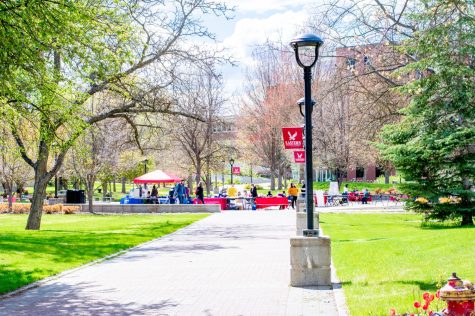
The lack of action by the administration has led students like Ka’din and Strong Heart to pick up the slack. An added weight to an already overwhelming month for Indigenous people.
“Native American Heritage Month”, said Strong Heart “brings up a lot of grief and loss”.
The actions, or lack thereof, from the administration, is an all too familiar topic for Indigenous people as Native American Heritage Month is not only a time to celebrate Native American culture but to bring awareness and acknowledge the years of pain and torment and invisibility Indigenous people have been experiencing for hundreds of years. One of those traumas being a constant pattern of empty promises and broken treaties.
“One way to really celebrate and really learn about NAHM isn’t always to ask Native Americans,” said Strong Heart, “But to go on your own accord. Read books. Look up documentaries. Watch film. Learn to decolonize yourself. It doesn’t always have to be us. That’s a lot of weight to put on our souls”.
With courses not being taught as well as a lack of acknowledgment of Eastern’s racist past use of the Eastern Savages, it is the Indigenous students who face the repercussions of the lack of education on campus.
Strong Heart, adorning traditional Indigenous clothing and jewelry, spoke about being referred to as “the native guy” last year and having to deal with microaggression and racism from his fellow Eagles. And Ka’din, a Black and Indigenous student, brought up having to be on their guard when walking around campus.
“The environment of Eastern, specifically, I think is not inducive to a safe space for people of color”, said Ka’din.
To combat this, NASA wants material support and funding from the administration with acknowledgment of the school’s past use of the Eastern Savages as well as a memorial for Native American students who fought to have the American Indian Education Center, a brown building sitting on the edge of campus, to be built.
As for fellow students, NASA pushes for them to show their support by going to marches, attending NASA meetings, protesting, and staying informed and educated on Indigenous topics and history.
Despite the fight both in EWU and across the country, there is still hope and vitality amongst passionate individuals like Strong Heart and Ka’din, “We’re still fighting and we still have our ways no matter what anyone says. A lot has been lost but there’s still a lot here and there’s still a lot to learn”.
And for the other BIPOC students across campus who feel unseen or disheartened, “Get involved,” said Ka’din, “with NASA with BSU and MECHA and AAPI cuz those are your safe spaces. And those are your community”.
NASA meets every Monday 2 – 3:30 pm and every Thursday 4 – 5:30 pm at the American Indian Education Center, 706 5th street.



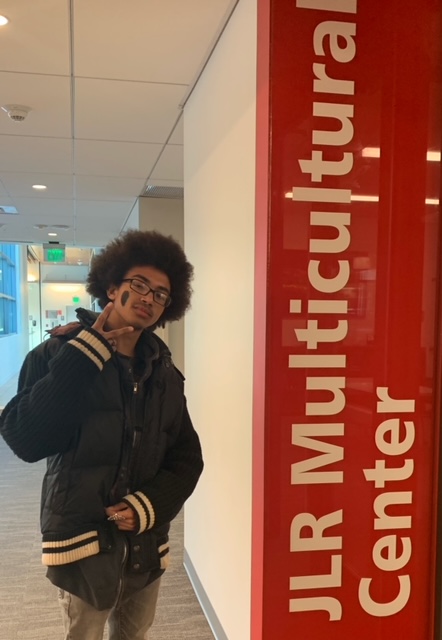


![Simmons said the biggest reasons for her success this year were “God, hard work, and trusting [her] coach and what she has planned.”](https://theeasterner.org/wp-content/uploads/2024/05/image1-1-1200x800.jpg)

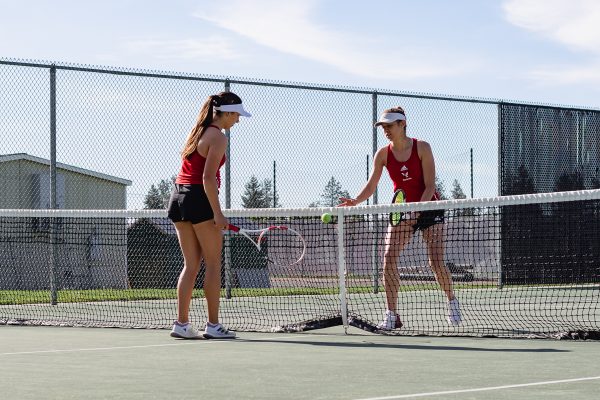
![Simmons said the biggest reasons for her success this year were “God, hard work, and trusting [her] coach and what she has planned.”](https://theeasterner.org/wp-content/uploads/2024/05/image1-1-600x400.jpg)

